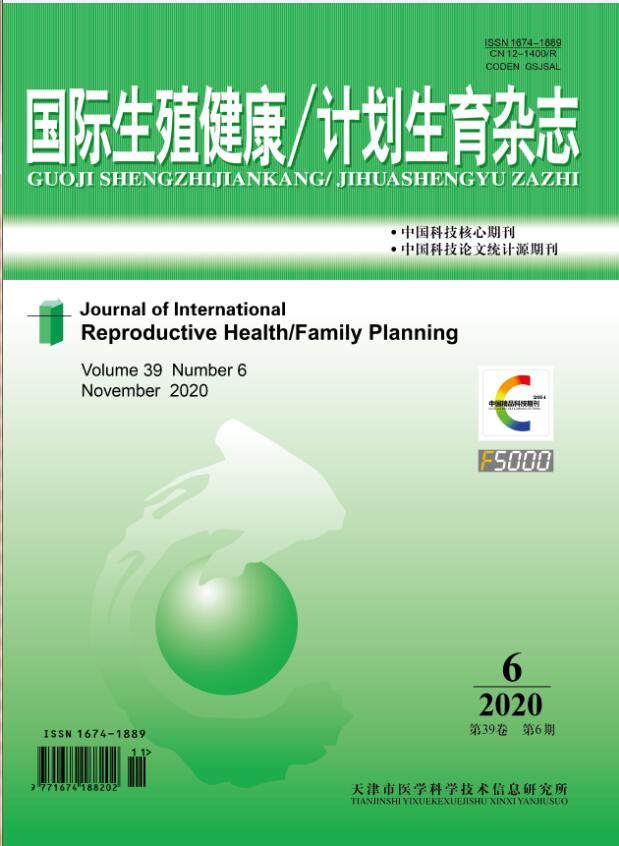|
|
Consensus on Infertility Treatment Related to Polycystic Ovary Syndrome
LIU Yi-chao;YANG Ying;LI Wei;KUANG Hong-ying;HOU Li-hui;WU Xiao-ke
2010, 29 (3):
243-246.
The treatment of infertile women with polycystic ovary syndrome(PCOS)is surrounded by many controversies. Before any intervention is initiated, preconceptional counseling should be provided emphasizing the importance of lifestyle, especially weight reduction and exercise in overweight women, smoking, and alcohol consumption. The recommended first-line treatment for
ovulation induction remains the anti-estrogen clomiphene citrate (CC). Recommended second-line intervention, should CC fail to result in pregnancy, is either exogenous gonadotropins or laparoscopic ovarian surgery(LOS). The use of recommended second-line interventions are associated with adverse reactions. Recommended third-line treatment is in vitro fertilization(IVF). Insulin-sensitizing agents in PCOS should be restricted to women with glucose intolerance. Based on recent data available in the literature, the routine use of this drug in ovulation induction is not recommended. Aromatase inhibitors are the anti-estrogen, which are good for PCOS women, and the malformation rate is low. Insufficient evidence is currently available to recommend the clinical use of aromatase inhibitors for routine ovulation induction.
Related Articles |
Metrics
|

